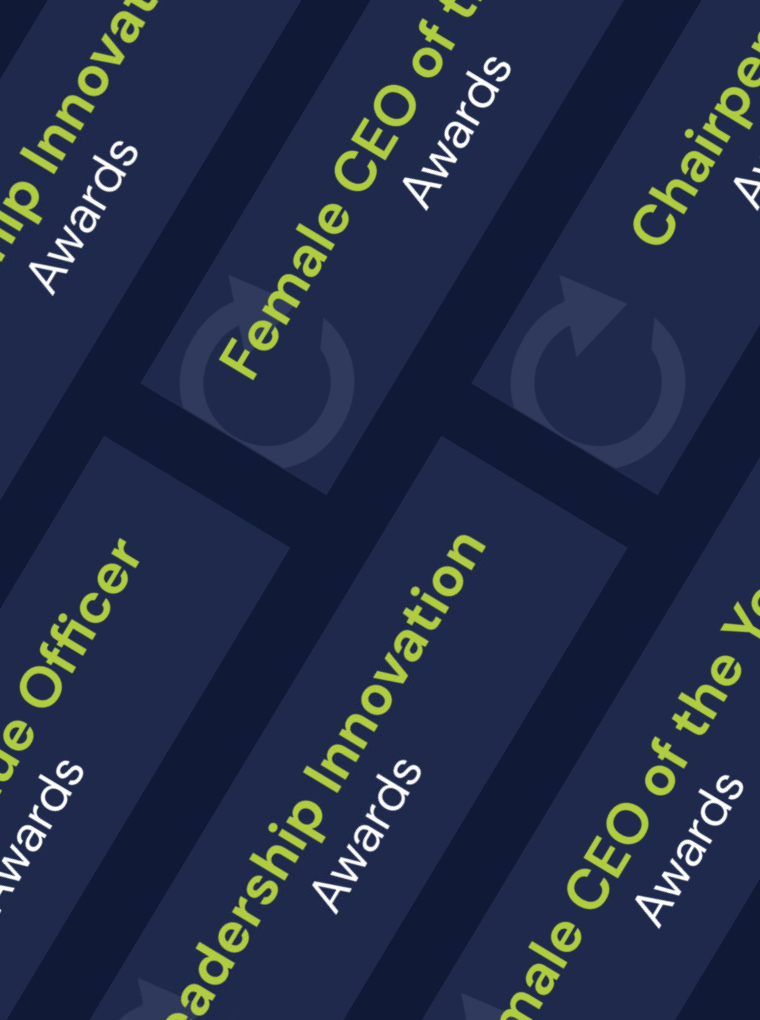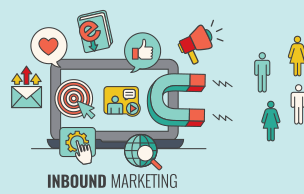How To Build a Secure and Professional Brand for Business Success
Professional branding affects how people engage with your services, your leadership, and your company overall. Every decision you make, from how your email signature reads to how you show up in meetings, shapes your professional identity. It doesn’t happen overnight, and it isn’t only about how you look online. A secure and credible brand is tied closely to how others experience your leadership, your consistency, and your values over time.
This isn’t just for executives. Founders, consultants, creatives, and employees at all levels benefit from being intentional about their personal branding. If your name is attached to your work, you already have a brand. The question is whether it’s working for or against your career goals.
Build from a Secure Foundation
Start with security—not just in the technical sense, but in the trust people place in you and your business. A professional brand depends on consistency, but that consistency becomes irrelevant if the systems behind it break down. If your website is slow or compromised, or if your communication channels aren’t protected, your credibility erodes quickly. People may not notice good security, but they immediately register when it’s missing.
This is particularly relevant for businesses that handle sensitive data or operate in regulated industries. If you’re not sure where your vulnerabilities are, it helps to visit silentsector.com and other reputable cybersecurity firms, where expert assessments can give you a realistic view of what needs attention. Trust is part of your brand—people won’t always give you a second chance to earn it.
Trust also comes from behavior. Do you follow through? Are your online statements aligned with how you conduct business offline? Strengthen your professional identity by maintaining a high standard, even when no one’s watching.
Make Your Visuals Work Harder
First impressions are rarely verbal. Logos, fonts, design language, and video content are the hooks before people read a single line of text. If you’re aiming to become an industry leader, your visual assets should reflect that level of professionalism.
For companies and individuals alike, dynamic visual content can say more than a full page of written copy. In this context, 3D video animation services can help communicate complex offerings with clarity and appeal. Many teams apply these tools across investor communications, training content, and executive presentations. When used intentionally, visual storytelling can show people what words might struggle to convey.
Align Your Online Presence With Your Offline Reputation
People form opinions long before a handshake. Your online presence acts as a preview. Search your name. Scroll through your social media profiles. Ask yourself whether what shows up matches what you want people to think of when they consider working with or hiring you.
This is where personal branding overlaps with business strategy. A CEO’s online content often gets more reach than the company’s corporate page. Prospective clients, employers, or collaborators want to know what kind of person they’ll be dealing with. They aren’t only looking for competence; they’re looking for alignment. Your tone, your positioning, and the ideas you promote send clear signals.
If you’re building toward more relevant roles, your digital footprint should reflect that evolution. Write content, comment thoughtfully, and share insights from your personal experiences. These interactions build cultural capital. Over time, they position you as a trusted voice in your space.
Keep Your Messaging Focused on Value
Professional branding is about making your value easy to understand. Think about what your audience needs to know in order to trust you. Instead of listing achievements, show how those achievements relate to results. If you’re a web designer, show how your work improved conversion rates. If you’re in operations, explain how your process changes saved time or money.
Always consider your target audience. If your tone or messaging is too generic, it won’t land. Speak to a specific set of problems or aspirations. Are you writing to a hiring manager in a regulated industry? A startup founder? A procurement lead at a Fortune 500? These are different audiences, and they’re looking for different signals.
It also helps to stay consistent. You don’t need to post every day or appear on every platform. But when you do show up, your message should be clear, focused, and rooted in expertise.
Treat Relationships Like Assets
A secure brand grows through conversations, collaborations, and credibility built over time. People open doors for those they trust—and those doors often lead to meaningful networking opportunities and lasting industry connections.
If you’re aiming to be viewed as a strong leader, act like someone others want to refer. Show up prepared. Speak clearly about your goals. Make room for others to contribute. Leadership skills aren’t limited to official roles; they show up in how you manage interactions.
When you’re building a professional brand, relationships double as reputation markers. One conversation can set off a string of opportunities—or close them off. So, treat people the same way you want your brand to be treated: with attention, respect, and long-term value in mind.

Integrate Personal and Professional Without Blurring Boundaries
You don’t need to share every part of your personal life to build a strong brand. But integrating select aspects of your personal experiences can create depth. That depth makes your professional identity feel human, not manufactured.
This works best when it supports your broader message. For example, if you overcame a challenge that directly shaped your leadership approach or taught you something applicable to your role, that story belongs in your branding. It makes you easier to relate to and easier to remember.
The key is not to confuse vulnerability with a lack of boundaries. You can be open without oversharing. Your brand should invite connection, not require explanation.
Conclusion
A professional brand, when built with intention, becomes a strategic asset. It works when you’re not in the room. It opens conversations before you even reach out. And when paired with credibility, consistency, and clarity, it helps you move through your industry with confidence—and purpose.








